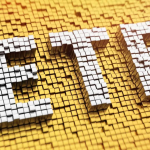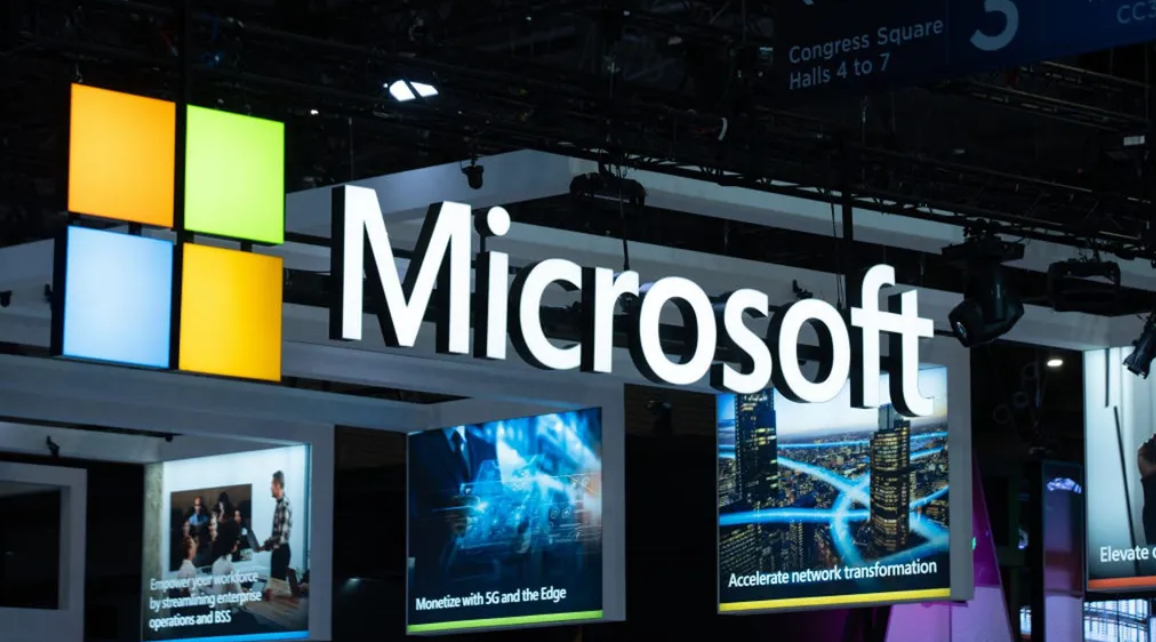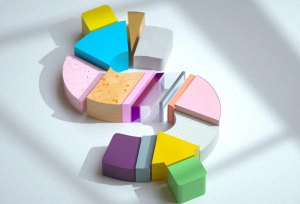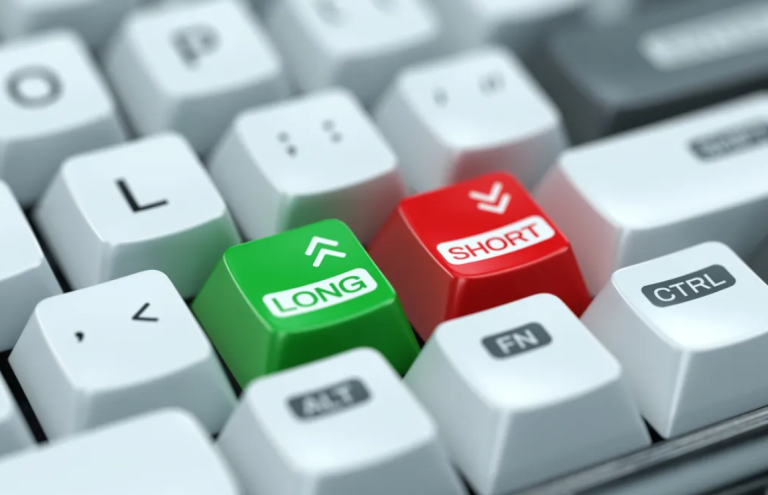Twenty years can be a significant stretch of time, both in our personal lives and in the world of investing. Back in 2001, few could have predicted the rise of technology behemoth Microsoft. In this article, we’ll take a journey through the past two decades and explore what $1,000 invested in Microsoft stock back in 2001 would be worth today.
The Early 2000s: Microsoft in 2001
At the beginning of the 21st century, Microsoft was already a well-established tech giant. However, the early 2000s were marked by the bursting of the dot-com bubble, which had a significant impact on the stock market. In January 2001, Microsoft’s stock price was approximately $27 per share.
The Journey Through the 2000s: Growth and Challenges
The first decade of the 2000s was a period of significant growth for Microsoft, despite facing antitrust litigation. Microsoft launched Windows XP in 2001, followed by Windows 7 in 2009, which became the foundation of its OS dominance.
The 2010s: New Leadership and Cloud Transition
In 2014, Satya Nadella took the helm as CEO, bringing a new vision to the company. Under Nadella’s leadership, Microsoft shifted its focus toward cloud computing with Azure and diversified its offerings. The company also acquired LinkedIn and GitHub.
2021: A Microsoft Share Today
Fast forward to 2021, and Microsoft was trading at around $288 per share. If you had invested $1,000 in Microsoft back in 2001 at $27 per share, you would have approximately 37 shares. At $288 per share in 2021, those shares would be worth about $10,656.
Dividends: A Bonus for Long-Term Holders
One of the notable aspects of Microsoft is its dividend program. Over the years, Microsoft has consistently paid dividends, and it has increased its dividend payout annually. These dividends would add an additional income stream for long-term investors.
The Importance of Diversification
While Microsoft’s stock has shown impressive growth, it’s essential to remember that not all investments will follow this trajectory. Diversification, or spreading investments across various asset classes and industries, can help manage risk.
Conclusion: The Power of Long-Term Investing
Microsoft’s stock journey over the past two decades serves as an example of the potential rewards of long-term investing. However, it’s essential to recognize that the past is not indicative of future performance, and investing carries inherent risks. Before making any investment, it’s advisable to conduct thorough research, consider your financial goals, and assess your risk tolerance. While Microsoft may have been a winning investment, the future holds new opportunities and challenges that investors must navigate.



























